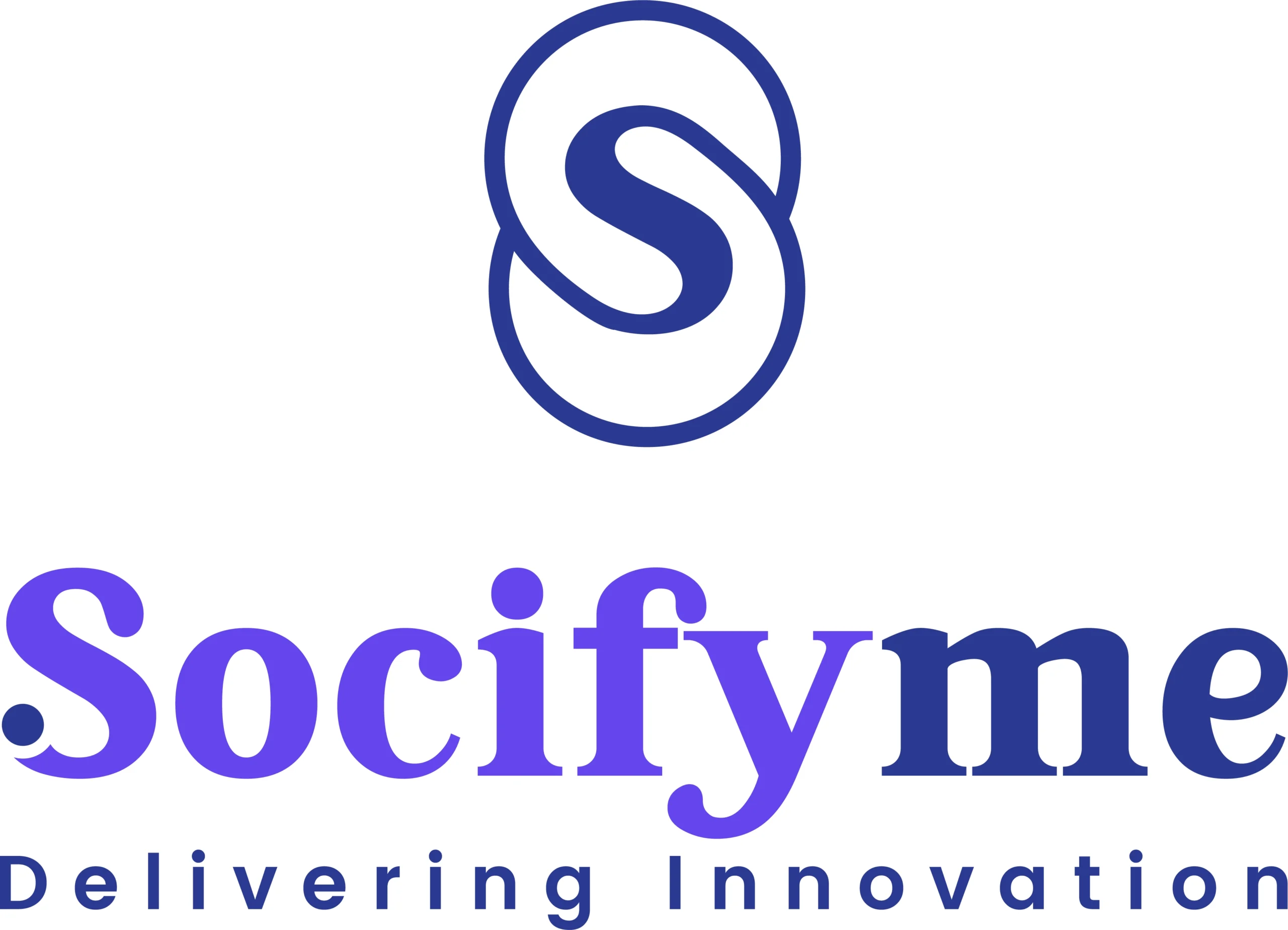Saas Applications

Saas Applications
SaaS (Software as a Service) is a model where the software applications are delivered over the internet, in the form of a service. It is a software licensing and distribution model. In this model, a third-party provider hosts the applications virtually, catering to a particular set of business users in the software market. The software is developed as a solution for the entire user community, to be deployed as a service. Businesses require software solutions to boost productivity and reduce costs.
Software-as-service (SaaS) is a model that is flexible, convenient, secure and robust. The SaaS concept has gained popularity owing to its ease of use, high performance, space efficiency and reduction of IT costs. The service vendor provides infrastructure like servers, or databases, networking, and computing resources. SaaS setup ensures that the businesses are not hassled by the installation, implementation maintenance of SaaS applications. This also allows their hardware to be more reliable, affordable and scalable. The shift from raditional software distribution has been well received. The SaaS culture is changing the way both businesses and consumers view software. The SaaS platform has become mainstream with businesses adopting it for every business role and industry vertical.
Suprapps is a saas application development company that offers intriguing and engaging SaaS solutions. Our team of skilled professionals develops custom SaaS applications catering to the varied needs of the business.we offer scalable and robust solutions with leading technologies and have built custom solutions for industries including education, healthcare, automotive and retail. SaaS supports both B2B and B2C businesses.
.
-
high quality project
-
Fast & relaible service
Our Benefits
1.Scalability and Flexibility
2.Lower Upfront and Maintenance Costs
3.Faster Time to Market
4.Enhanced Collaboration and Accessibility
5.Automatic Updates and Security

What are the key steps in developing a SaaS application?
The development of a SaaS application typically involves several key stages: Ideation & Market Research: Define the problem your application will solve, identify your target audience, and analyze competitors. Planning & Prototyping: Develop wireframes and prototypes. This phase focuses on the user experience (UX) and user interface (UI) design. Architecture & Design: Choose the right technology stack, database, cloud platform, and build the backend architecture to support scalability and performance. Development: Build the front-end and back-end components. Focus on integrating features like user authentication, subscription management, and payment gateways. Testing & Quality Assurance: Conduct extensive testing, including unit testing, integration testing, and performance testing to ensure the app is bug-free and secure.
How do I price a SaaS product effectively?
Market Research: Understand the pricing strategies of competitors and what your target audience is willing to pay. Value Proposition: Price based on the value your software provides. If your SaaS app offers unique features or solves a pressing problem, you can charge more for the added value. Subscription Models: Common SaaS pricing models include: Freemium: Offer a basic version for free, with the option to upgrade for additional features. Tiered Pricing: Offer different plans based on the number of users, features, or storage capacity (e.g., Basic, Pro, Enterprise). Usage-based Pricing: Price based on usage (e.g., per transaction, per user, per API call). Cost Structure: Make sure to factor in your development, hosting, customer support, and marketing costs. Trial Periods: Many SaaS companies offer free trials to encourage users to experience the product before committing to a subscription. This can help attract more users and convert them to paying customers.
How do I ensure the security of my SaaS application?
Security is crucial for SaaS applications, given the sensitive data often handled by these platforms. Here are key measures to ensure security: Data Encryption: Encrypt sensitive data both in transit (using HTTPS) and at rest. This prevents unauthorized access and protects user information. Authentication & Authorization: Use strong authentication methods (e.g., multi-factor authentication or OAuth) to secure access. Implement role-based access control (RBAC) to ensure users only have access to the features and data relevant to them. Regular Security Audits: Conduct regular penetration testing and vulnerability assessments to identify and fix security gaps. Compliance with Standards: Ensure your SaaS product complies with relevant standards like GDPR (General Data Protection Regulation), HIPAA (Health Insurance Portability and Accountability Act), or SOC 2, depending on your target market. Backup & Disaster Recovery: Implement regular data backups and a disaster recovery plan to protect against data loss or breaches. Ensure that backup data is encrypted as well. Security Updates: Keep the software stack up-to-date, including third-party libraries and frameworks, to ensure vulnerabilities are patched in a timely manner. By focusing on these security best practices, you can build a more trustworthy and reliable SaaS platform, reducing the risk of data breaches and maintaining customer confidence.

